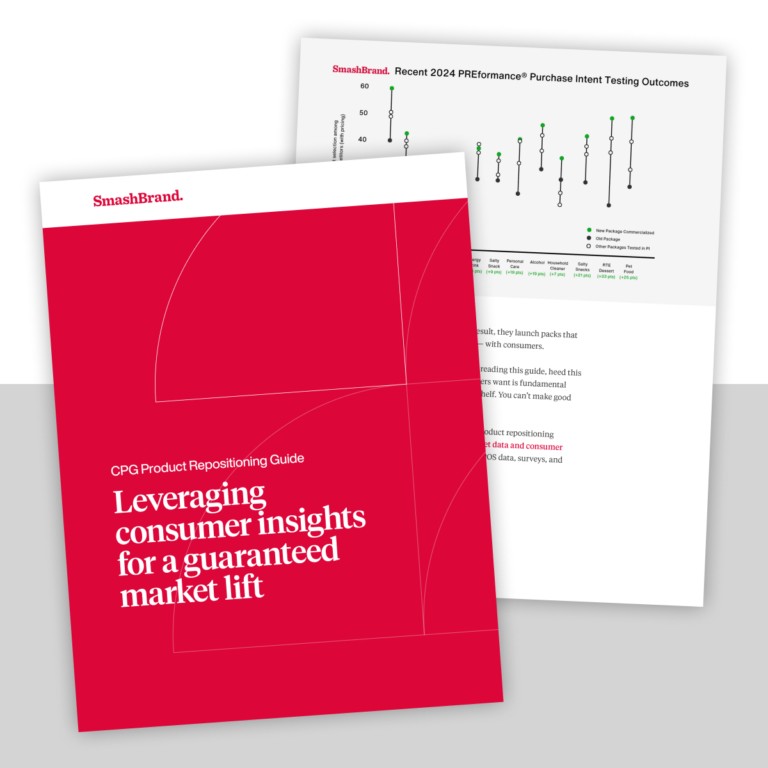There are certain professions in which you most definitely want to employ perfectionists: neurosurgery; astrophysics; aviation; demolition and basically anything involving artillery. None of these fields could reasonably be described as being largely creative in the body art, children’s finger painting, or every-concept-I-have-has-merit sense of the term. No, in the aforementioned fields, you definitely want someone who has a clear understanding of and appreciation for the fact that, within the contexts of certain scientific principles, there are right ways and wrong ways of doing things, and the right ways must be achieved meticulously and painstakingly at all costs. However, is this the person you want choosing the font for your logo?
Your immediate answer might be “Yes, of course! Who wouldn’t want a conscientious and detail-oriented graphic designer?” This would naturally be a correct answer; one of many. That’s the problem with artistic media – mainly shades of grey exist. Perfectionists tend to be fairly rigid about their output, and in a field that requires almost endless flexibility, this quality could turn into a problem.
Let us also keep in mind that perfectionists strive to achieve the concept of perfection that exists in their own minds, and needless to say, this isn’t “perfection” in the empirical sense. You can pay someone to obsess over the finer points of your logo or website design, but if their primary interest is achieving what they believe is perfect and not what you asked for or want, where is your money going?
Brainstorming
To proud left-brainiacs, the concept of brainstorming – getting a team together and bandying ideas around with the hope of galvanizing some productive action – may seem like efficiency anathema, at least if there are no spreadsheets and PowerPoint presentations involved. Nevertheless, sometimes we must wait for an explosion of creative inspiration in order to be truly productive. This does not mean we necessarily remain idle until a muse lands on our shoulders, but creativity can’t be rushed or manufactured in assembly-line fashion.
Brainstorming can be messy; ideas can be contradictory, stupid or implausible within the context of the project, but it is still necessary to gather as many relevant and interesting thoughts as possible. This is how innovation occurs, for those interested in developing something new.
Abandoning Ideas and Starting Fresh
This is where flexibility is most important. Not every concept can or should be carried into fruition with zero modification. If you’ve ever seen the director’s cut of your favorite film and found it practically unwatchable, you know what we mean.
This is one of those circumstances that causes a great deal of vexation in left-brainers. It is human nature to always think that we are right, and anyone who disagrees just doesn’t understand the complexity of our intent or is, simply, a moron. Yet, the ability to adjust, negotiate and compromise is critical in an industry that relies heavily on focus groups, consumer opinion and surveys.
Perfectionism vs. Conscientiousness
Design of any kind requires a heavy dose of artistry. However, no matter how brilliant the artist, no one wants to work with a mad genius that simply can’t be relied upon to produce a clean and professional result. Walking the line between being reliable, completing projects on time and in an impressive manner and being in an obsessive frenzy about every detail is difficult (particularly if we’re operating on precious little sleep), but walk it we must.
Being a touch obsessive with details is sometimes necessary, particularly if we’re not especially comfortable with or knowledgeable about a project. But we need a hint of relaxation and ease to ensure maximum productivity. Sometimes we simply can’t see beyond our own perspective. Our work and ideas may have great qualities, but malleability is often essential to produce the most effective result. If we get bogged down in minutiae, we are in danger of compromising the entire scope of the project. The expression “can’t see the forest for the trees” doesn’t exist for nothing.
Data-Driven Brand Development
Want a best-selling brand? SmashBrand is a brand development agency for FMCG and CPG companies. From brand strategy to packaging design testing, our Path To Performance™ process guarantees a retail performance lift. Book a time to discuss your project with our team.
Subscribe to
Nice Package.
A monthly newsletter that unpacks a critical topic in the FMCG & CPG industry.
Free Resource.

CPG product repositioning guide.
Explore the five undeniable signs your CPG product needs repositioning along with strategies for leveraging consumer insights for a guaranteed market lift.
Learn More About CPG product repositioning guide.